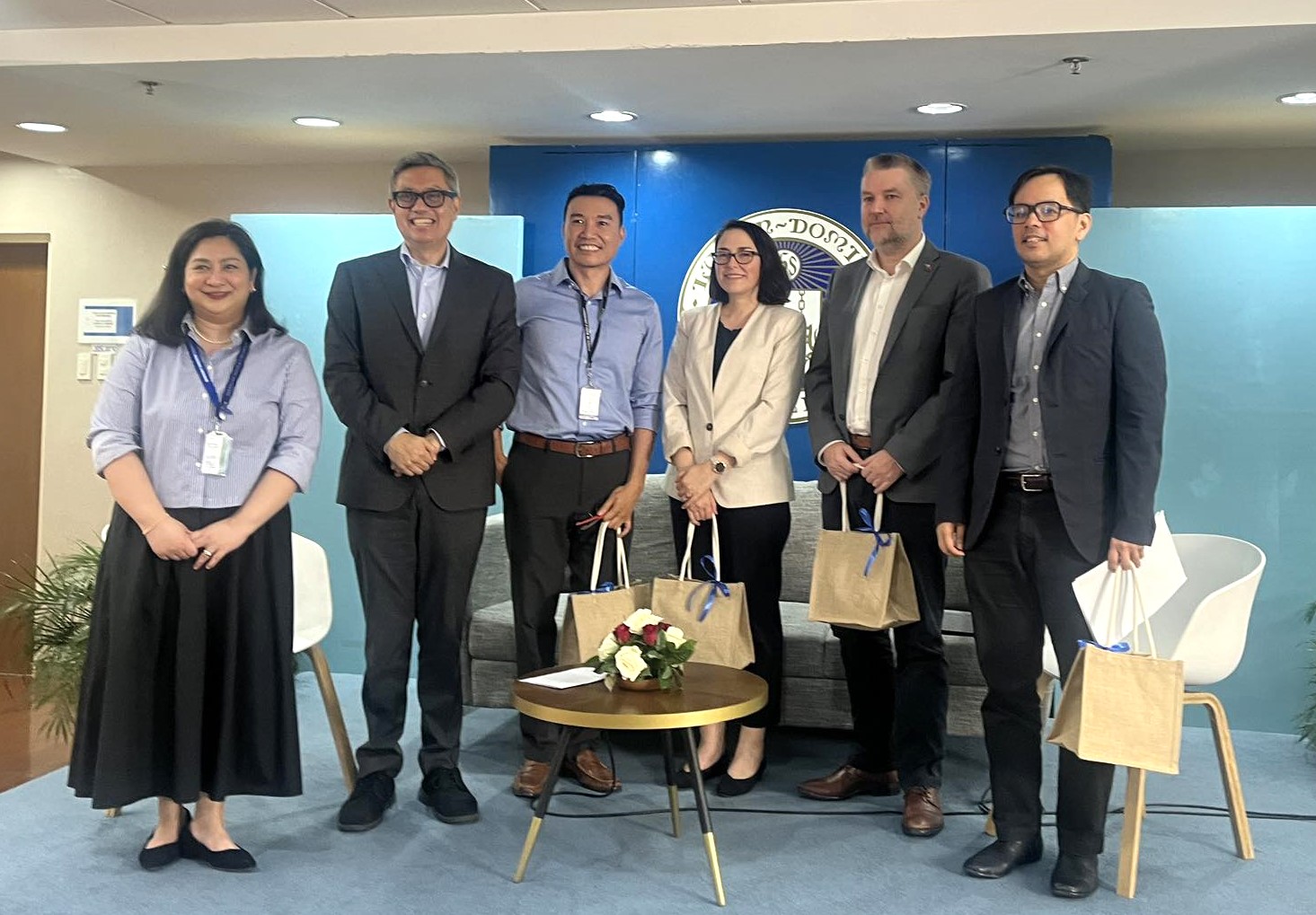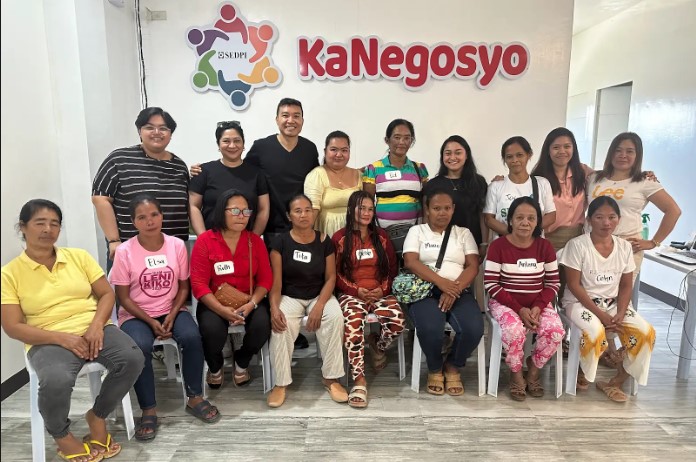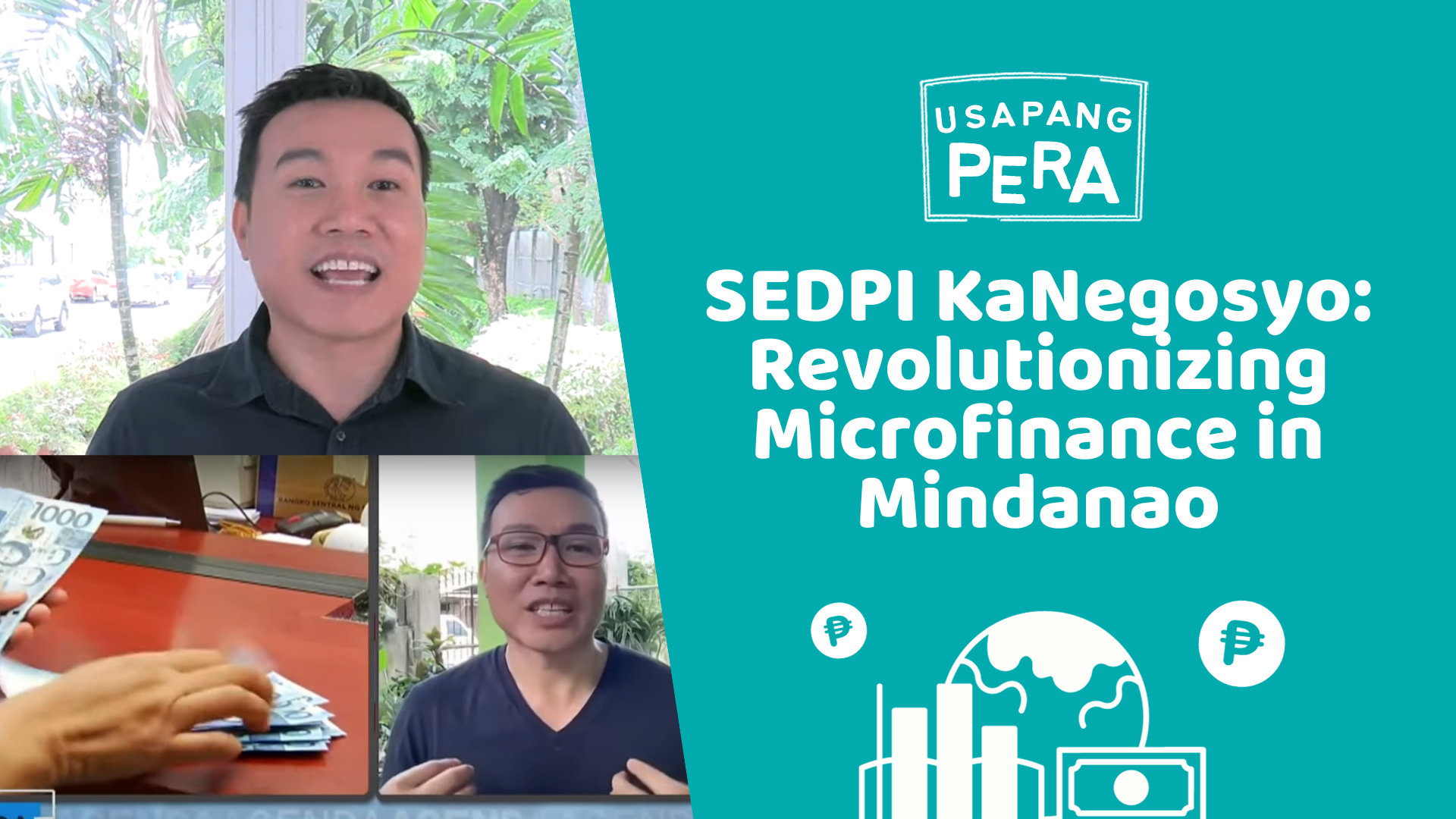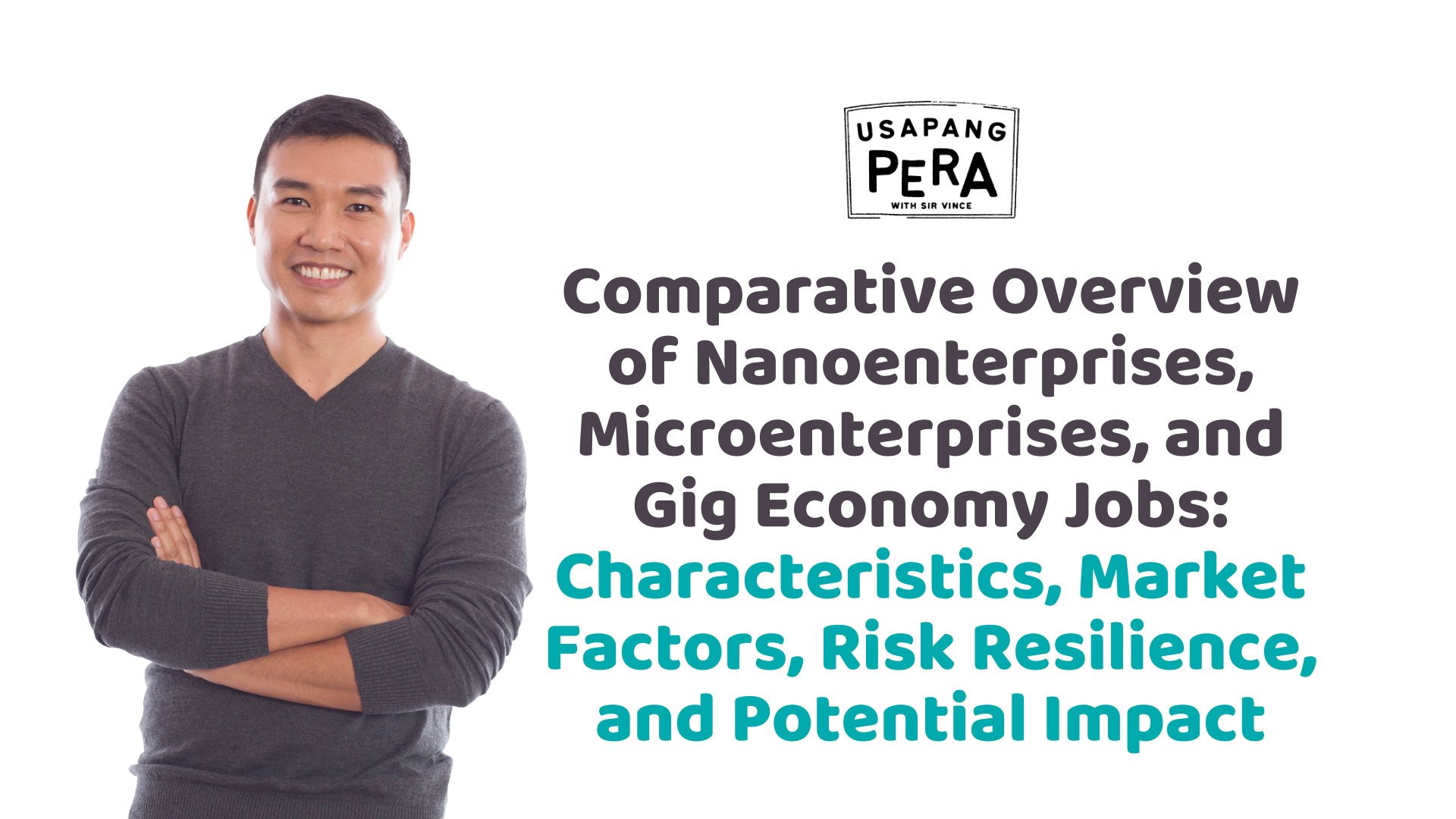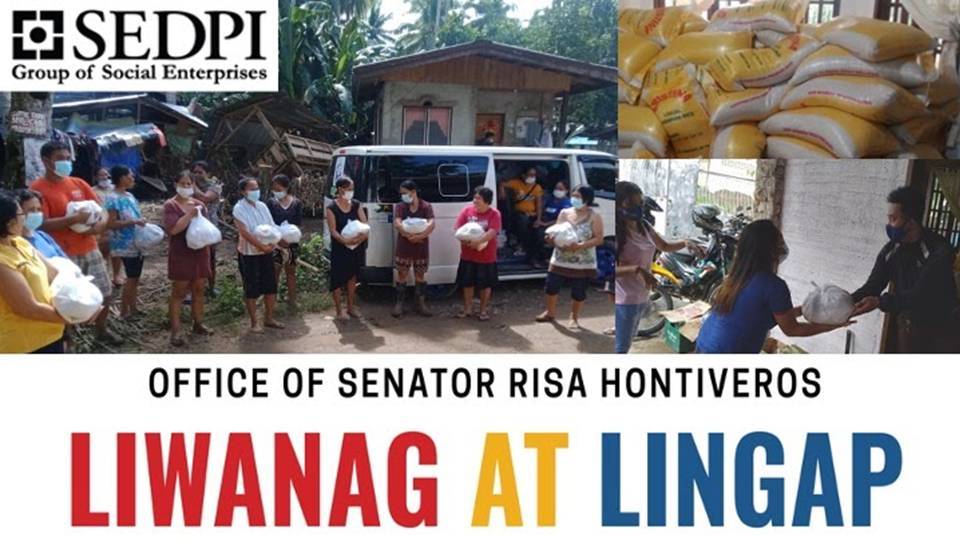Tag: microenterprise
-

Islamic Finance 101: Principles and Practices for Microfinance Practitioners
Ateneo de Manila-SEDPI NanoEnterprise Development Program(formerly the Ateneo Microfinance Capacity-Building Program) Course Objectives: Course Description: Discover the foundations of Islamic finance and its applications in microfinance. This course covers Shari’ah-compliant principles, ethical finance practices, and practical tools for empowering communities. Gain insights into profit-sharing, risk-sharing, and asset-backed arrangements that prioritize fairness and community well-being, tailored for…
-
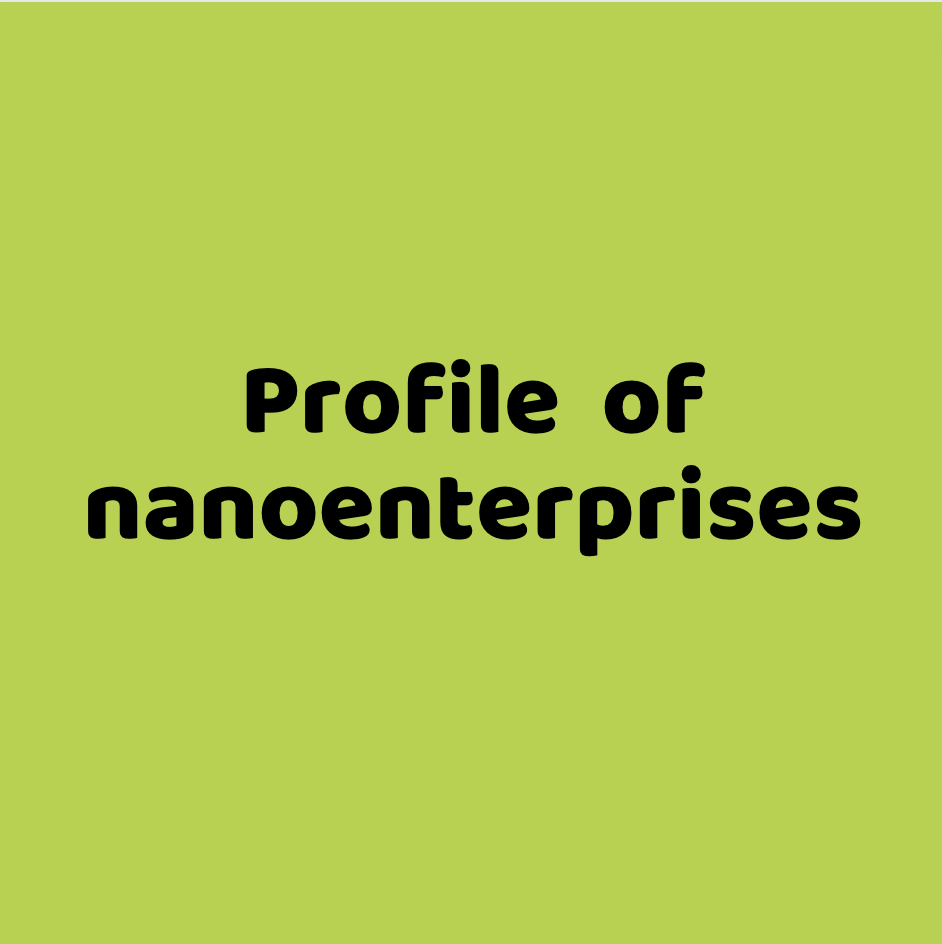
Profile of nanoenterprises
Nanoenterprises are typically unregistered livelihoods of self-employed individuals or informal solo-preneurs with asset size ranging from PhP3,000 to PhP150,000. They operate businesses alone or with the help of unpaid family members targeting their immediate local communities. Microenterprises are mostly registered enterprises able to hire employees albeit on a minimum wage rate. There are approximately 8.1…
-
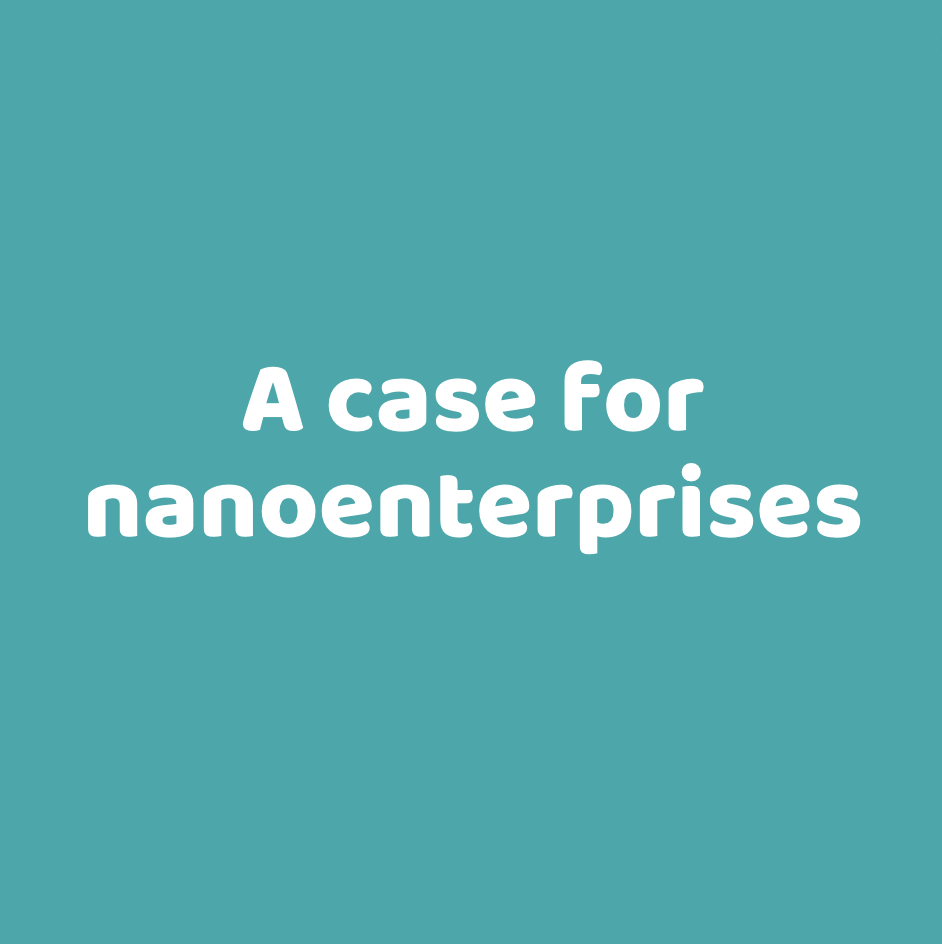
A case for nanoenterprises
According to the Department of Trade and Industry (DTI), there are nearly a million microenterprises in the Philippines. DTI considers any business with less than PhP3 million in assets and less than 10 employees as microenterprise. The challenge with this classification in the social development perspective is that it lumps together poor and non-poor enterprises…

